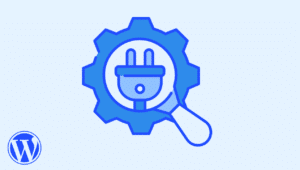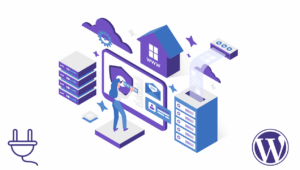Optimizing WordPress sites for SaaS businesses is crucial in today’s competitive market. With the right strategies, you can enhance site performance, leading to increased user engagement and growth. This article explores tools and practices to elevate your WordPress site. In this article, we’ll review the process for enhancing WordPress performance to achieve SaaS success.
In the fast-paced world of SaaS, having a well-optimized WordPress site is more than just a technical requirement; it’s a strategic advantage. Effective optimization can significantly impact user experience, retention, and conversion rates. By integrating specific themes, plugins, and SEO techniques, you can ensure that your website not only attracts visitors but also engages and retains them effectively. Furthermore, aligning your website’s performance with business goals can drive substantial growth and success in the SaaS industry. For more insights, explore how a saas seo agency can help tailor strategies to your needs.
Selecting themes for SaaS websites
Choosing the right theme is important for any WordPress site, especially for SaaS businesses aiming to project a modern and tech-savvy image. Themes designed for tech and SaaS companies often feature clean lines, minimalistic design, and intuitive navigation, which are essential for a professional online presence. Speed and responsiveness are features to look for in a theme; they ensure that your site performs optimally across various devices and platforms.
Another aspect is SEO compatibility. Themes that are built with SEO in mind will help your site rank better in search engines. Look for themes that support schema markup, have lightweight codebases, and are regularly updated to comply with the latest web standards. A theme that integrates seamlessly with popular page builders can also offer flexibility in design without sacrificing speed or functionality.
Plugins to boost WordPress performance
Plugins play a role in extending the functionality of WordPress sites. For SaaS businesses, choosing plugins that enhance performance is critical. Begin by focusing on caching plugins that improve loading times by storing static versions of your pages. This reduces server load and speeds up page delivery to users. Image optimization plugins are also vital; they compress images without compromising quality, thus ensuring faster load times.
Security is another area where plugins can make a difference. Implementing security plugins protects your site from malicious attacks and data breaches, maintaining user trust. Additionally, consider using SEO plugins that facilitate keyword management and offer insights into improving search engine rankings. These tools should integrate seamlessly with your overall site architecture, providing comprehensive performance boosts.
SEO strategies for SaaS businesses enhancing WordPress Performance SaaS
SEO is an ongoing process that requires consistent effort to maintain high search engine rankings. For SaaS businesses, targeting the right keywords is vital. Start with thorough keyword research to identify terms that potential customers use when searching for services like yours. Incorporate these keywords naturally into your content, meta tags, and headings to improve visibility.
The structure of your content also plays a role in SEO success. Ensure that each piece of content is informative, engaging, and optimized for readability on all devices. Utilize meta descriptions effectively; they should accurately describe the content while enticing users to click through from search results. Regularly updating content keeps it relevant and signals search engines that your site is active and authoritative.
Improving user engagement techniques enhancing WordPress Performance SaaS
User engagement is important to converting visitors into loyal customers. An intuitive navigation system helps users find information quickly, which enhances their experience on your site. Interactive elements like chatbots or live support can address visitor queries instantly, improving satisfaction and retention rates.
Analytics tools are invaluable in understanding user behavior on your website. By analyzing data such as bounce rates, session durations, and conversion paths, you can make informed decisions about where improvements are needed. This data-driven approach ensures that changes align with user needs and preferences, ultimately driving higher engagement levels.








